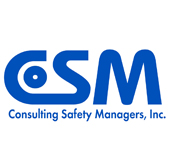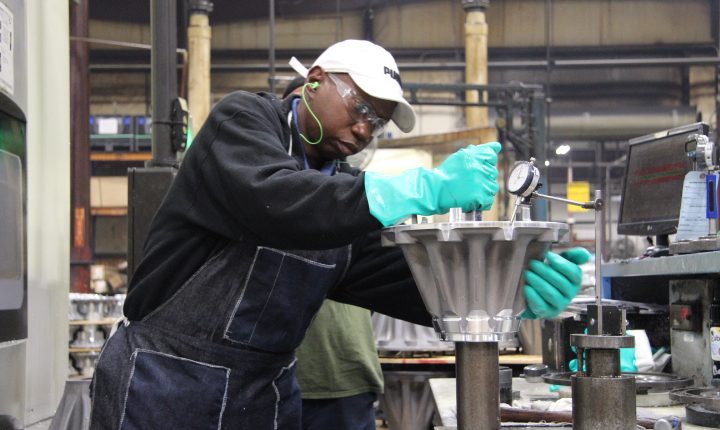Over the years, our founder has been asked a variation of the same question when it comes to workplace safety:
What’s the secret to successful workplace safety?
We feel the overall success factor is getting supervisors and employees to engage in their own safety. When they do, safety performance can skyrocket.
Here’s the problem though
Many organizations are terrible at engaging their employees in safety when we arrive 0n-scene. Their safety efforts turn away employees instead of drawing them in to engage.
Truthfully, most employees could care less about an injury rate graph, compliance, or dollars paid for workers’ compensation insurance. These factors fail to motivate employees.
Here is what they really care about
What really motivates employees is THEMSELVES!
A another success factor for workplace safety implementation is finding one dependent variable employees, the safety department, operations managers, and leaders can rally towards. It’s not a low injury rate or compliance.
With our clients, we change the one dependent variable to a Safety Margin for a work task.
You’ve probably never heard of this dependent variable before, which we explain below. The Safety Margin for a work task is how we engage all organizational levels simultaneously impact their own safety performance.
When people can perform their task with a proper Safety Margin, then the organization can become adept at preventing accidents.
The Safety Margin is the most fundamental way to understand safety.
This safety concept applies to:
- A rocket going to the space station.
- A child riding a school bus.
- A patient getting cardiac bypass surgery.
- Firefighters knocking down a fire.
- Pilots and passengers on a flight.
The Safety Margin concept applies to employees making your product or providing your service.
When it comes to people’s safety, they care about a Safety Margin.
What is a Safety Margin?
A Safety Margin is the protection around a task from the safety management system.
Here’s the Safety Margin concept. A person performing a task faces physical danger that can cause harm to their body. A Safety Margin is when person performing the task applies protection and takes precautions.
Think of a Safety Margin as insulation for a person performing a work task. The protection insulates the person from physical danger. The stronger the Safety Margin, the less risk of an accident. We’ve found people embrace this simple concept.
Engage People with a Safety Margin
A huge movement in the safety profession right now is Engagement. In order to engage a person in their safety, safety has to matter to them.
A good way to engage people in safety is to boil safety down to one concept they can understand, embrace, apply, and rally towards. A Safety Margin for the current work task passes this test.
When a person performs work task, a relationship develops between their body, the task action, and physical danger. The success of safety inside an organization depends on its ability to deliver a Safety Margin for this relationship.
Smart organizations know that everything they do in safety comes down to this interaction. All safety depends on it.
Excellent Safety Performance
Organizations whose people apply a Safety Margin for the current work task can achieve excellent safety performance. The reason is because the Safety Margin makes safety easy for people to engage.
A Safety Margin is what makes safety matter to people. It’s how we help our clients boost engagement.
How We Assist Organizations
We have had a lot of success helping organizations become successful with safety. We support leaders, safety professionals, and supervisors with implementing the Safety Excellence approach.
We work with leaders to develop a strategic plan for safety inside their organization, including confidential advising about how to achieve a safety culture that can deliver a safety margin for the next task.
We work with organizations to start, develop, implement, evaluate, and improve their management systems for safety. Our services and resources include reality checks, courses, hands-on consulting, webinars, training, and a library of written practices and tools.
We also work with supervisor groups on the frontline to master safety processes and easy-to-apply behavior-based safety for work tasks with our SafeTask® Supervision training and resources.

